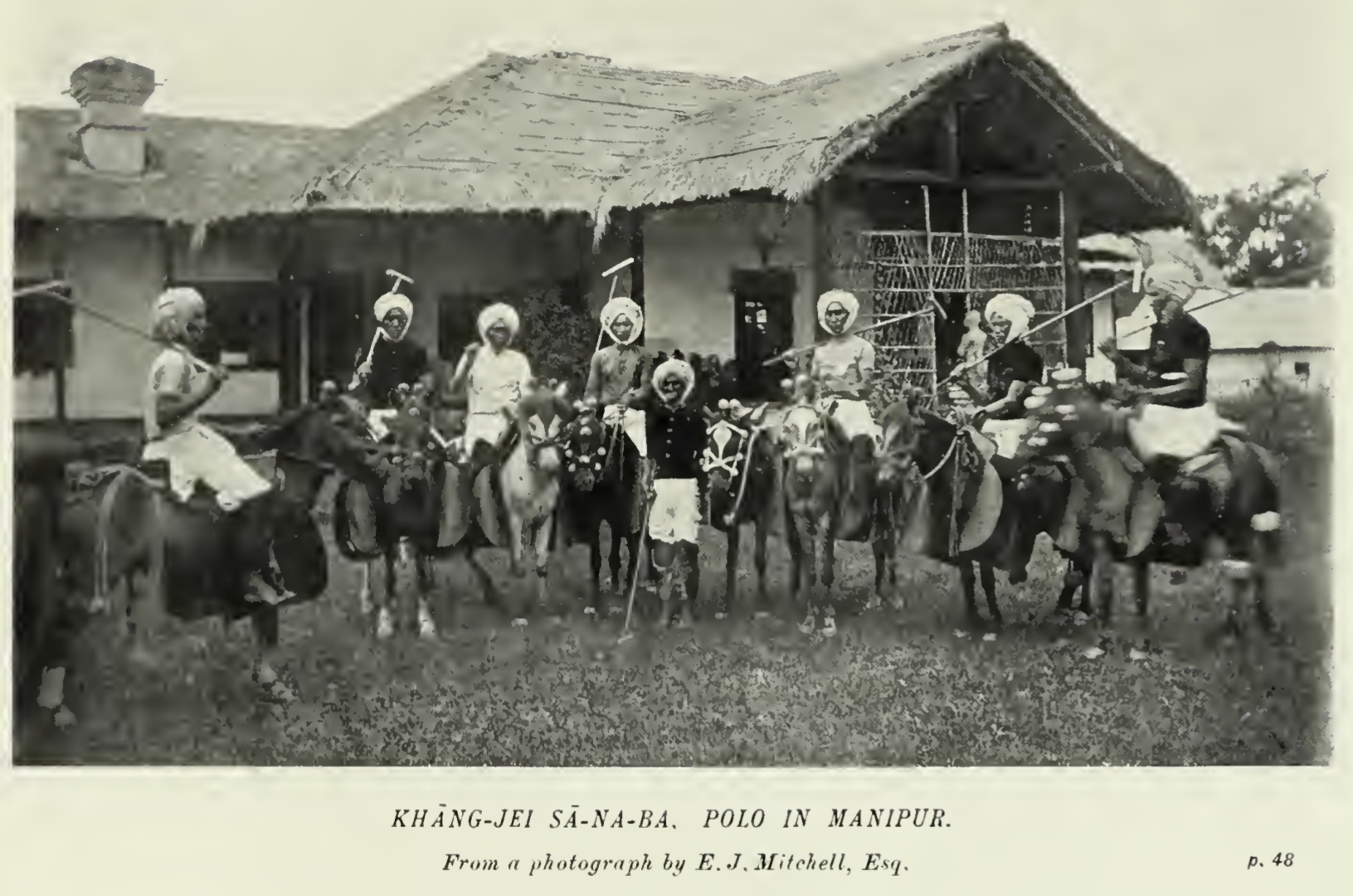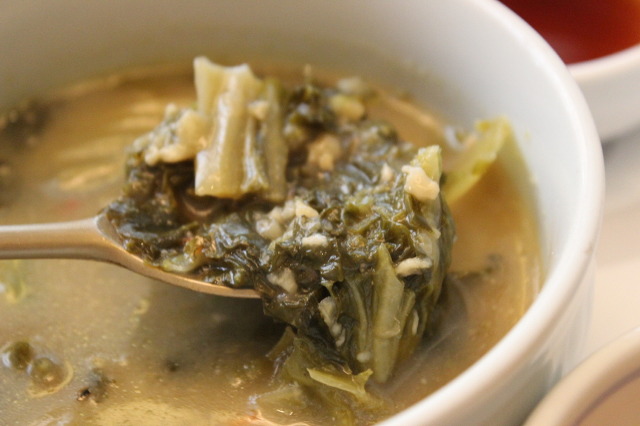|
Sagol Kāngjei
Sagol Kangjei () (also Sakol Kangchei, Shakol Kangchei, Shagol Kangjei) is a Meitei tradition, traditional Meitei ball sport played on horseback with a long-handled stick. The sport, also known as Manipuri polo, is a predecessor of modern international polo. History and myth Manipuri polo is one of the world's oldest sports, with some historians claiming it was first played in the ancient Meitei kingdom of Ancient Kangleipak, Kangleipak. ''Sagol kāngjei'' is a Meitei culture, traditional Meitei form of polo and the ancestor of polo, the modern game. In Meitei mythology and Meitei folklore, folklore, ''sagol kāngjei'' was played by the ancient Meitei gods, gods led by Marjing and Thangjing. In the Cheitharol Kumbaba, the Royal Chronicle of Kangleipak, ''sagol kāngjei'' was not only a sport, but used as an instrument of diplomacy, politics, and palace intrigue. According to the ''Kangjeirol'' (), another ancient Meitei language text, polo was played during the reign of King ... [...More Info...] [...Related Items...] OR: [Wikipedia] [Google] [Baidu] |
Equestrian Sport
Equestrian sports are sports that use horses as a main part of the sport. This usually takes the form of the rider being on the horse's back, or the horses pulling some sort of horse-drawn vehicle. General * * * * * * * * * * * * * FEI international disciplines * * * * * * * Regional governance * * Olympic disciplines * * * Paralympic disciplines *Dressage only at the Paralympics; dressage and combined driving at other FEI events Dressage * * Racing * * * * * Other timed events * * English riding * * * * * * * * * * * * * Western riding * * * * * * * * * Stock handling * * * * * * * * Rodeo *American rodeo events ** ** ** ** ** ** ** ** ** ** * * * Harness * * * * * * * * Scurry driving Driving means guiding a horse in harness to pull a load such as a horse-drawn vehicle, a farm implement, or other load. Horses, ponies, donkeys, mules, and other animals c ... [...More Info...] [...Related Items...] OR: [Wikipedia] [Google] [Baidu] |
Ningthou Kangba
Ningthou Kangba (; 1405 BC-1359 BC) was a ruler of Ancient Kangleipak (early Manipur). He is traditionally seen as having invented Sagol Kangjei, the earliest form of the modern day polo sports. He was the son of King Tangja Leela Pakhangba (1445 BC-1405 BC) and Queen Sinbee Leima. He was the consort of Queen Leima Taritnu, daughter of a king named Nongpok Ningthou of the Nongmaiching Hill in the east of Imphal. Origin According to the Ningthou Kangbalon, an ancient historical account of his family, King Kangba was born in a cave in the Mount Koubru in northern Manipur. Some historians thought that he belonged to the house of the Salang Leishangthem dynasty. However, some thought that he belonged to the house of the Khaba Nganba dynasty. Heritage site In 2018, the Government of Manipur proclaimed that a heritage site will be developed in memory of the king in the Kangmong village, to promote tourism. Ningthou Kangbalon The Ningthou Kangbalon () is ... [...More Info...] [...Related Items...] OR: [Wikipedia] [Google] [Baidu] |
Stirrup
A stirrup is a light frame or ring that holds the foot of a rider, attached to the saddle by a strap, often called a ''stirrup leather''. Stirrups are usually paired and are used to aid in mounting and as a support while using a riding animal (usually a horse or other equine, such as a mule). They greatly increase the rider's ability to stay in the saddle and control the mount, increasing the animal's usefulness to humans in areas such as communication, transportation, and warfare. In antiquity, the earliest foot supports consisted of riders placing their feet under a girth or using a simple toe loop appearing in India by the 2nd century BC. Later, a single foot support was used as a mounting aid, and paired stirrups appeared after the invention of the treed saddle. The stirrup was invented in the Chinese Jin dynasty during the 4th century, was in common use throughout China by the 5th century, and was spread across Eurasia to Europe through the nomadic peoples of Centra ... [...More Info...] [...Related Items...] OR: [Wikipedia] [Google] [Baidu] |
Saddles
A saddle is a supportive structure for a rider of an animal, fastened to Mammal#Anatomy, an animal's back by a girth (tack), girth. The most common type is List of equestrian sports, equestrian. However, specialized saddles have been created for oxen, camels and other animals. It is not known precisely when riders first began to use some sort of padding or protection, but a blanket attached by some form of surcingle or girth was probably the first "saddle", followed later by more elaborate padded designs. The solid #Parts of an equestrian saddle, saddle tree was a later invention, and though early stirrup designs predated the invention of the solid tree, the paired stirrup, which attached to the tree, was the last element of the saddle to reach the basic form that is still used today. Present-day saddles come in a wide variety of styles, each designed for a specific equestrianism discipline, and require careful fit to both the rider and the horse. Proper saddle care can exten ... [...More Info...] [...Related Items...] OR: [Wikipedia] [Google] [Baidu] |
Kokyet
Kokyet (), sometimes also spelled as Koyet, Koyyet, Koiyet, is a traditional Meitei men's headdress. It is made in twelve distinct designs. It is used in different Meitei cultural ceremonies, festivals, occasions, etc. It is used by both the common people as well as the royal people. Its design is derived from the two horns of ancient Meitei deity Pakhangba, who could transfigure into many different divine forms. It is also the sacred protective symbolic representation of Sidaba of traditional Meitei religion (Sanamahism). Origin The existence of Kokyet () dates back to the era of Meitei king Nongda Lairen Pakhangba (c. 33 CE) in Ancient Kangleipak (early Manipur). He used it as Kokyet Pheiyet (), one of the designs of the costume. In Indian Parliament Since 2023, the Kokyet is used as a uniform item for the marshals of the Indian Parliament (both Lok Sabha and Rajya Sabha), as chosen by the Union Government of India. The Kokyet which is used as a uniform is designed b ... [...More Info...] [...Related Items...] OR: [Wikipedia] [Google] [Baidu] |
Dhoti
The dhoti is an ankle-length breechcloth, wrapped around the waist and the legs, in resemblance to the shape of trousers. The dhoti is a garment of ethnic wear for men in the Indian subcontinent. The dhoti is fashioned out of a rectangular piece of unstitched cloth, of usually around in length. The dhoti is the male counterpart of the sari, worn by females to religious and secular ceremonies ( functions). A is a yellow silk dhoti worn on auspicious occasions. Dhotis must not be confused with "readymade panchakachams" or "dhoti pants", which are a new ready to wear trend, popular among women and typical of children. Although the terms '' mundu'' or '' veshti'' are used interchangeably with "dhoti", they are different from the dhoti, which is "looped" or wrapped around the legs, in the form of trousers or pants. The dhoti is better known as panchakacham in South India, which may even be worn while doing dances such as moonwalks. While the sari is still draped by many wom ... [...More Info...] [...Related Items...] OR: [Wikipedia] [Google] [Baidu] |
SAGOL KANGJEI - POLO IN MANIPUR
''Sagol'' (), or beef leg bone, is an ingredient in Korean cuisine. Sagol is often boiled to make a broth, called ''sagol-yuksu'' (), or beef leg bone broth, for Korean soups such as ''gomguk'' (beef bone soup), ''galbi-tang'' (short rib soup), ''tteokguk'' (sliced rice cake soup), ''kal-guksu'' (noodle soup), or ''gukbap'' (soup with rice). ''Sagol'' is rich in the protein collagen and in minerals such as calcium. In traditional Korean culture, it is believed to reinvigorate the body. However, no scientific evidence supports this claim. In the summer, ''sagol-yuksu'' (broth) is served to pregnant or breastfeeding mothers and the sick. In the winter, it is served with rice as a warm and nutritious meal. Etymology The anglicized translation of the word Sagol roughly translates to Four Bones. 'Sa' meaning four and 'Gol' meaning bone. Together, they refer to the thigh and shin bones of a cow or bull. The term is primarily used in cooking. Anatomy Cattle have eight ''sagol'' ... [...More Info...] [...Related Items...] OR: [Wikipedia] [Google] [Baidu] |
Hockey
''Hockey'' is a family of List of stick sports, stick sports where two opposing teams use hockey sticks to propel a ball or disk into a goal. There are many types of hockey, and the individual sports vary in rules, numbers of players, apparel, and playing surface. Hockey includes both summer and winter variations that may be played on an outdoor field, sheet of ice, or an indoor gymnasium. Some forms of hockey require skates, either Inline skates, inline, roller skates, roller or ice skates, ice, while others do not. The various games are usually distnguished by proceding the word ''hockey'' with a qualifier, as in ''field hockey'', ''ice hockey'', ''roller hockey'', ''rink hockey'', or ''floor hockey''. In each of these sports, two teams play against each other by trying to manoeuvre the object of play, either a type of ball or a disk (mathematics), disk (such as a Hockey puck, puck), into the opponent's goal using a hockey stick. Two notable exceptions use a straight stick and ... [...More Info...] [...Related Items...] OR: [Wikipedia] [Google] [Baidu] |
Manipur (princely State)
The Manipur Kingdom, also known as Meckley, was an ancient kingdom at the India–Burma frontier. Historically, Manipur was an independent kingdom ruled by a Meitei dynasty. But it was also invaded and ruled over by Burmese kingdom at various point of time. It became a protectorate of the British East India Company from 1824, and a princely state of British Raj in 1891. The princely state bordered the Assam Province in the west and British Burma in the east, and in the 20th century covered an area of 22,327 square kilometres (8,621 sq mi) and contained 467 villages. The capital of the state was Imphal. Kangleipak State The early history of Manipur is composed of mythical narratives . The location of the Kangla Fort on the banks of the Imphal River is believed to be where King Pakhangba built his first palace. Loyumba Shinyen, the written constitution of Kangleipak was formally developed by King Loiyumba (1074–1121) in 1110 AD. He consolidated the kingdom b ... [...More Info...] [...Related Items...] OR: [Wikipedia] [Google] [Baidu] |
Chandrakirti Singh
Chandrakirti Singh (1850 – May 1886) was a List of Meitei kings, Meitei monarch and the Maharaja of Manipur Kingdom. He was the son of Maharaja Gambhir Singh. Biography He was born in Imphal, and resided there till the end of his Regime in 1886. Before he became the king, the reign of his father Maharaja Gambhir Singh was succeeded by Raja Narsingh and later on his death by Raja Narshingh's brother Debendra Singh for a short time. Maharaja Gambhir Singh's death on 9 January 1834 paved the way to the throne to Raja Narsingh. Chandrakirti had ten sons from his six queens and Maharaja Surchandra, Surchandra Singh is the eldest son of the first queen and the other three sons (Pakasana, Kesarjit, Gopalsana) of the first queen, Kulachandra (the second son of the second queen) and Gandhar Singh (another son of the second queen), Tikendrajit Singh (the third son of the third queen), the son of the fourth queen died in his early days, Angousana (the fifth son of the fifth queen) and ... [...More Info...] [...Related Items...] OR: [Wikipedia] [Google] [Baidu] |



